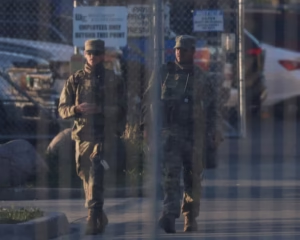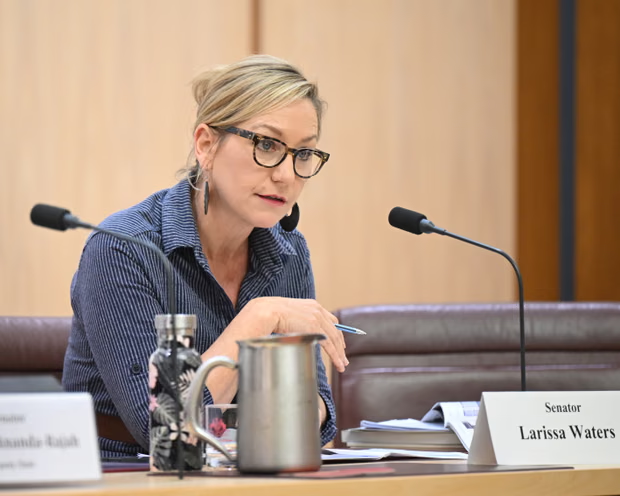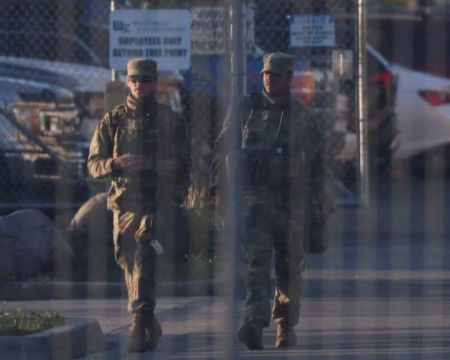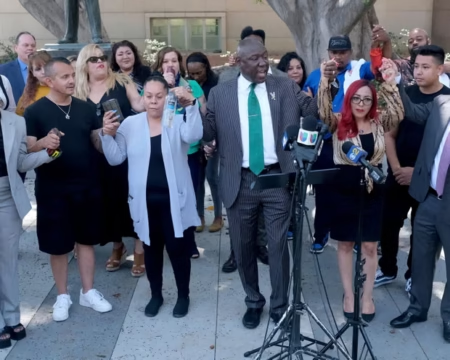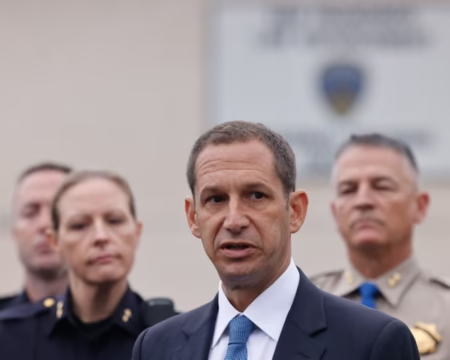Australia’s new emissions reduction target for 2035 has sparked strong criticism from across the political spectrum. The government announced a target to cut greenhouse gas emissions by 62% to 70%, describing it as the maximum level of ambition the country can realistically achieve. The plan was framed as a key step in tackling climate change while safeguarding economic stability, but it has faced a wave of backlash from political opponents, environmental campaigners, and independent lawmakers who say it does not go far enough.
Opposition leader Sussan Ley said the government’s plan fails on both cost and credibility. She argued that Australians deserve to know how much the policy will cost households and businesses and raised doubts about how the government intends to achieve such cuts. Ley described the target as a vague promise without a clear roadmap, warning that the lack of detail risks leaving Australians with higher costs and few real results. Her comments reflect broader concerns among conservative voices that the policy could burden the economy without delivering meaningful environmental benefits.
Greens leader Larissa Waters also condemned the new target but from the opposite angle, calling it too weak to address the scale of the climate crisis. She warned that climate risk scenarios highlighted in recent reports are likely to come to pass if stronger action is not taken. Waters said the country risks locking in more extreme heat, worsening bushfires, and longer droughts if it continues to set low targets that fail to reflect the urgency of the problem. The Greens have long pushed for deeper and faster emissions cuts and see the new target as a step backward from what science requires.
Independent senator David Pocock joined the criticism, saying the government’s plan does not go far enough to address what he called the greatest threat facing future generations. Pocock argued that Australia has a duty to lead on climate action rather than settle for what he described as minimal ambition. He said the target is out of step with the global effort needed to keep warming to 1.5 degrees and warned that delay will only increase future economic and environmental costs.
The government has defended the new target as ambitious yet achievable. Officials say it balances the need to reduce emissions with the need to protect jobs and keep energy prices stable. They have described the plan as a realistic framework that will give industry and investors certainty as Australia transitions to cleaner energy. Despite this defense, the announcement has done little to ease criticism from those who see it as falling short of what the climate crisis demands.
While the debate over climate policy dominated headlines, other developments also shaped Australia’s political landscape. In South Australia, the two most senior ministers in the state government resigned, triggering a cabinet reshuffle just six months before the state election. At the same time, new forecasts suggested the national jobs market will remain strong despite a small expected rise in the unemployment rate.
Elsewhere, Queensland police charged a man for allegedly threatening to kill a spokeswoman for Justice for Palestine, highlighting rising tensions surrounding global conflicts. In the business sector, an Abu Dhabi-based consortium withdrew a planned $30 billion takeover offer for Australian oil and gas producer Santos, ending months of speculation about a major foreign acquisition in the country’s energy industry.
The government now faces growing pressure to explain how its new emissions target will work in practice and whether it can be achieved without placing heavy costs on households. With climate change risks becoming increasingly visible and international expectations rising, the coming months are set to test whether the plan can survive political challenges and deliver the promised results.



